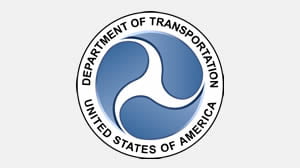RSS feed source: Federal Emergency Management Agency
WASHINGTON – FEMA announced that federal disaster assistance is available to the state of Alaska to supplement recovery efforts in the areas affected by severe storms, flooding and remnants of Typhoon Halong during the period of Oct. 8-13, 2025.
The President’s action makes federal funding available to affected individuals in the Lower Kuskokwim Regional Educational Attendance Area, Lower Yukon Regional Educational Attendance Area and Northwest Arctic Borough. Assistance can include grants for temporary housing and home repairs, low-cost loans to cover uninsured property losses and other programs to help individuals and families recover from the effects of the disaster.
Federal funding is also available to state, tribal and eligible local governments and certain private nonprofit organizations on a cost-sharing basis for emergency work and the repair or replacement of facilities damaged by the severe storms, flooding and remnants of Typhoon Halong in the Lower Kuskokwim Regional Educational Attendance Area, Lower Yukon Regional Educational Attendance Area and Northwest Arctic Borough.
Willie G. Nunn has been named the Federal Coordinating Officer for federal recovery operations in the affected areas. Additional designations may be made at a later date if warranted by the results of damage assessments.
Individuals and families who sustained losses in the designated areas should first file claims with their insurance providers and then apply for assistance online at www.DisasterAssistance.gov, by calling 1-800-621-3362 or by using
Click this link to continue reading the article on the source website.


